Let's get physical: Meet the companies reissuing retro classics for audiences new and old
Expanding your retro collection used to necessitate hunting for used games, but reissues are bucking that trend
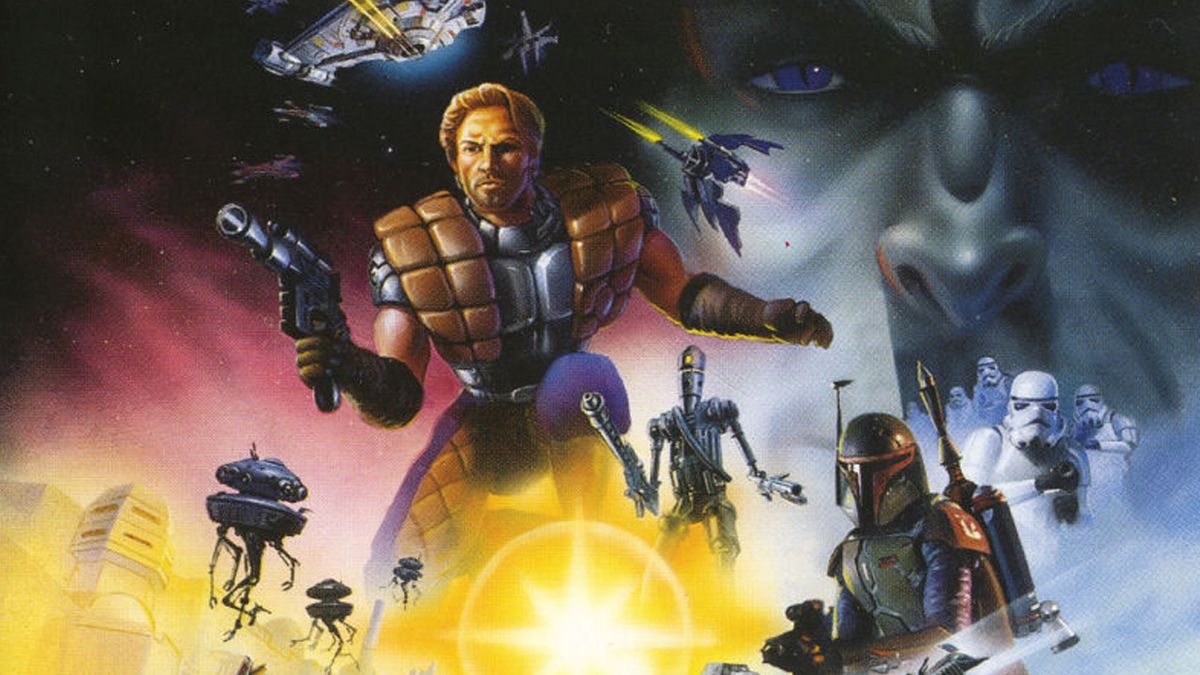
There are plenty of ways to play classic games today, from mini consoles and the Evercade to digital re-releases on modern hardware, but some of us just prefer original hardware. There’s nothing wrong with that, of course, but modern demand doesn’t always play nicely with historical supply. Some games that are now recognised as classics were underappreciated in their own time, meaning that there aren’t too many copies to go around. Others may have been regionally restricted, or wound up as the victim of publisher problems.
Lest we forget, gaming is also more popular than it was 30 years ago. Constant demand from players enthralled by modern sequels is enough to push up the price of even the most common of classics. In the past, that has meant that players either had to pay through the nose or go without, but today there are a number of companies out there that have decided to return classic console games to market by manufacturing brand-new copies, compatible with the original hardware.
But why manufacture new games for obsolete hardware in the first place? Surprisingly, we encountered a variety of different motivations. For one company, it was a simple case of supporting its other business ventures.
“Retro-Bit started producing clone consoles and peripherals so publishing carts was something we always wanted to do,” says marketing manager Richard Igros. “We believe there will always be a demand for physical media and even more so in gaming. With retro gaming having a more prominent space in the industry over the years and breaking more into the mainstream, this was only going to be a natural next step and companies are starting to realise that.”
Back from the dead

Retro-Bit’s reissues have included games such as the Data East Classic Collection and Jaleco Brawler’s Pack multicarts, as well as Metal Storm for the NES. Josh Fairhurst of Limited Run Games sees it as a simple case of satisfying market demand.
“Reissuing existing games has always appealed to me because there are a ton of younger people being introduced to these older platforms via YouTube and they want to collect for these systems. Supplies are fixed, so prices have been rising to a pretty absurd degree. The market’s response to this has been to turn to bootlegs,” he explains. “These bootlegs aren’t earning the licence holders anything, but at the same time the licence holders aren’t pressing these themselves. Someone needed to step in to fix this so new, legal copies can enter the market.”
Limited Run Games has manufactured new runs of The Secret Of Monkey Island for Mega-CD and a variety of Star Wars games including Shadows Of The Empire, as well as original NES projects like Jay & Silent Bob Mall Brawl. Over at iam8bit, the driving force behind the decision to enter the market was a desire to celebrate games. “We’ve always been fascinated by the homebrew scene – going to classic gaming expos and seeing new riffs on the defunct consoles,” say co-owners Jon M Gibson and Amanda White.
Sign up to the 12DOVE Newsletter
Weekly digests, tales from the communities you love, and more
“Way back in 2006 we even officially commissioned, with Capcom’s permission, a playable Atari 2600 version of Mega Man for an art exhibition installation, to play along with a 15-times-scale Atari controller. Our cartridge obsession has always been there, so we started thinking – what if we created a ‘Criterion’ style label for old-school games?”
The result is the company’s Legacy Cartridge Collection, which so far includes games such as Mega Man 2 for the NES, Street Fighter II for the SNES and Aladdin for the Mega Drive. If you had the misconception that reissuing a game is a simple task, the amount of time it takes should hopefully disabuse you of that notion.
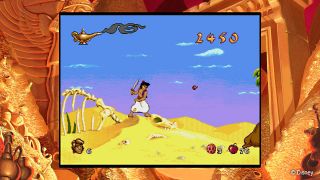
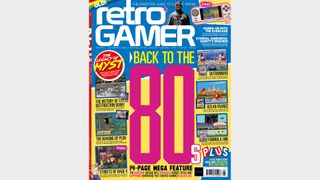
If you want in-depth features on classic video games delivered straight to your doorstop, subscribe to Retro Gamer today.
“From securing a licence to going to market can be anywhere from nine months to a year,” says Richard. “This entails everything from preliminary discussions to agreements with IP holders, brainstorming ideas for packaging and collectibles, testing, approvals and production.”
For Jon and Amanda, the process is even longer. “It can take many years. We have projects in the pipeline that we began a few years ago that won’t be publicly revealed until 2021 or 2022, or beyond that. It’s a long process, because for us, it’s about doing it correctly versus rushing it out the door.”
The first task is to select titles for publishing, and each company has a different decision-making process on this front. “We are looking for titles that were either not available in specific regions or titles that have gone up in price,” says Richard, explaining Retro-Bit’s approach. “We want to make them available at a reasonable price to have fans experience them.”
But for iam8bit, market prices and availability are secondary concerns. “The Legacy Cartridge Collection is our iam8bit ode to the absolute best of the best – cartridge-based games that were landmarks of their time,” Jon and Amanda tell us. “Sure, you’ll see some high-value resale releases from us in the future, but if we’re to look at the Legacy Cartridge Collection [edition] of Street Fighter II, that’s a game that you can find in the bargain bin for a couple bucks. Still, it’s one of the most integral, pinnacle games ever released, and you can’t argue with that kind of rank.”
Over at Limited Run Games, the approach is less simply explained. “For me it is a variety of things – notoriety, IP, availability. For example, the original versions of our Star Wars releases aren’t exactly expensive or hard to find, but at the end of the day, I’m a huge Star Wars fan. It’s a franchise that defined my childhood. Having the opportunity to have any association with something this important to me, it’s not something I was going to pass up,” says Josh.
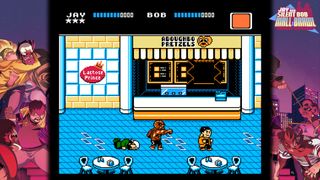
However, the company does have the goal of increasing availability of games that are difficult to find. “For some of the other stuff we’re looking into for future releases, yeah, rarity and availability is a huge part of why we want to re-release those. They’re games that are being frequently bootlegged and we want to try and put a stop to that to earn the games’ developers and creators the money they deserve.” Josh is also candid about the fact that he can’t get every game he pursues. “I tried to convince Sega to let me release Pulseman, an amazing game from Game Freak that only saw release on Sega Channel, but unfortunately that was unsuccessful!”
Once the rights are acquired, sourcing the actual programs to put on the cartridges is the next challenge, which each company approaches differently. “Usually, the IP owners provide us with the core ROMs, and in some cases where available, the original source codes,” says Richard. “If multiples are presented, we usually go with the full, unedited version of the title – case in point, Metal Storm’s Japanese version.”
In examples such as Metal Storm, where new translations were produced, an extra layer of approval is required. “We do get all grants and buy-ins from the original IP holders before we do any releases. They are aware of even the slightest changes with the titles and even give suggestions and support in regard to these steps.”
iam8bit is less explicit on how ROM images are sourced, suggesting that more than one approach is used. “It’s a case-by-case basis, because sourcing ROMs is not easy,” Jon and Amanda say. “Much like anything – film, animation, books – companies didn’t have a ton of foresight into archiving, especially early digital stuff. And it gets extra complicated when there are multiple revisions of a ROM floating around,” they tell us. “It’s rather forensic, and speaks to the value of having incredibly nerdy and brilliant folks on the team that are not only up for the challenge, but thrive on it. Sometimes it can take months, even years, to dig things up.”
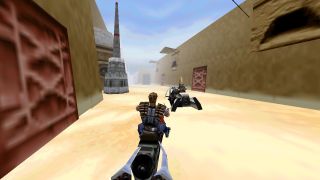
Limited Run Games takes a slightly different approach. “We buy brand-new, unopened copies of the games we are releasing and (painfully) open them up and dump the ROMs ourselves,” explains Josh. “This ensures that our ROM files are clean and that we’re only profiting from our own work. I remember seeing a GDC talk from Frank Cifaldi where he revealed that Nintendo was using common ROMs downloaded from the internet for their Virtual Console releases. I don’t want an embarrassing moment like that for us.”
But even when the code is sourced directly from original retail cartridges, the product you receive is not a simple duplication. “With the Star Wars games, we had to actually edit the ROMs to remove companies that no longer had associations with the games. This added a few weeks on to the process.” One aspect that has changed from the past is platform holder approval. Put simply, Sega and Nintendo don’t appear to have any interest in officially licensing new cartridge releases for their legacy hardware, though that doesn’t mean they’re ignorant of the scene.
“We work with Nintendo regularly and they are aware of the Legacy Cartridge Collection. We have really lovely relationships with all of our partners, including Nintendo, as we also publish modern games as physical Switch releases and do a variety of collaborations,” Jon and Amanda explain. “The game industry is an ecosystem that benefits from transparency, because we’re all just trying to bring joy to people. There’s no benefit to being sneaky.”
Richard confirms that Retro-Bit’s experience is similar. “We have had discussions with platform companies, and they are aware of what we are doing. Every release we do, we always stay compliant within our bounds to adhere to specific trademarks and rights. Sega is a big partner of ours and they are aware of our upcoming cartridge releases. They are a big fan of these releases as well and have no qualms with these retro releases as long as we have the rights from the original IP owners.”
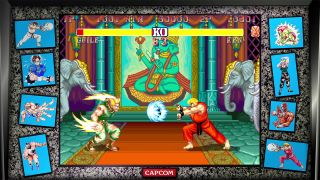
In the past, Nintendo and Sega manufactured the majority of cartridges for their consoles, but with those facilities long gone, companies must source their own parts. “The Legacy Cartridge Collection team is family at this point, and we relish any opportunity to shower them with compliments,” Jon and Amanda tell us.
“The fine folks at Infinite NES Lives engineer and fabricate the PCBs, and the team at Retrotainment tirelessly orchestrate production of the carts, down to the most insane nerdy nuances. Our in-house team at iam8bit manages all creative, restoration, print production, fulfilment, shipping, sales and business. And as much as possible, given that we’re often working on games that are 30 to 40 years old, we track down original team members to assist. No exaggeration, it’s the best bunch of humans we could ever have joined forces with.”
Retro-Bit originally manufactured custom cartridge housing, but since moved to more familiar designs. “The cartridge housing can be inspired by the original carts for NES, SNES, Genesis etc. We ensured though that the quality of plastic materials in the housing is sturdier and has longevity, it’s the small quality-of-life details we strive to achieve in both presentation and performance,” Richard explains.
Retro-Bit also manufactures its own PCBs, and supplies the ones used by Limited Run Games. “Retro-Bit has the best balance of quality and cost, because there are more expensive options out there,” highlights Josh. Keeping prices low is a real concern as some players have criticised the pricing of these new releases, but it’s worth remembering that cartridges were never cheap and still aren’t.
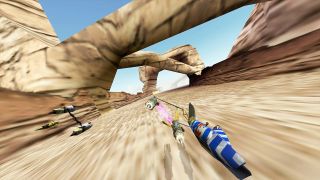
“It’s ironic, because brand-new SNES games could cost upwards of $70 to $80 at retail in the Nineties, so if you consider inflation, the Legacy Cartridge Collection is below the market standard from 30 years ago,” say Jon and Amanda.
Josh from Limited Run Games agrees, “People think we’re Scrooge McDuck-ing into piles of money from our retro stuff due to the price tags we put on them, but the reality is that, no, we’re really not making much. An assembled NES game with a proper voltage board costs us nearly $20 just for the cartridge, an N64 game can cost $22 per cartridge!”
Some collectors may baulk at the idea of new games driving down the value of their originals, but all three companies we spoke to have ensured that their games are easy to tell apart from older copies. Identical copies are not possible to create while respecting the law, as all of them refrain from using trademarks that they’re not entitled to use – that’s why you don’t see any Sega or Nintendo logos on the boxes.
But beyond that, they all desire to provide bespoke experiences, tailored to the collector’s market. Of the companies we spoke to, iam8bit has the highest priced releases – all of them have cost $99.99 or more, with the Earthworm Jim 1 & 2 cartridge coming in at $134.99. That level of pricing has drawn some criticism, but the company feels that the product justifies it.
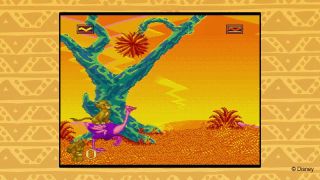
“We’re packaging and production snobs, and for us, the details are to die for,” Jon and Amanda affirm. “When you open a Legacy Cartridge Collection release, we want you to drown in the attention to detail – for it to be a tactile, sensory experience. All that definitely comes at a price – which is why iam8bit releases are the most expensive on the market – but that’s also what makes them so special. We don’t cut corners, ever.”
Retro-Bit’s initial releases were multi-game cartridges featuring up to five games, but the company has since pivoted its focus. “We made some changes not only to the aesthetics of the cartridge but also the quality of contents in the types of buttons and stickers from those early cartridges to our Collector’s Editions,” says Richard. “The team we have now is focused on adding additional emphasis to providing a quality experience for the fans to enjoy.”
Limited Run Games offers a choice of standard or premium editions, but even the standard editions can look very different to the original releases. “We didn’t want to just re-release common games as they were – we wanted to approach them in a way that suited the particular IP,” says Josh. When I think about Star Wars, what makes me most nostalgic is the action figures, and I think that is true for a lot of people, so to me it just made sense to package these on cards like the figures.”
Thinking outside the box
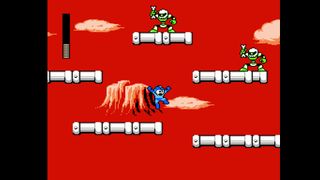
“We’re packaging and production snobs, and for us, the details are to die for.”
One thing’s for certain – the appetite for these reissues is out there, with many of them already sold out, and you should expect to see more of these releases in the future. Limited Run Games will shortly be reissuing the cult favourite Shantae for Game Boy Color, while iam8bit has hinted at future plans that it is keeping under wraps. Retro-Bit has announced plans for Mega Drive reissues of Mega Man: The Wily Wars and Toaplan shooters including Hellfire and Zero Wing, plus Irem’s Hammerin’ Harry for the NES and Undercover Cops for the SNES.
All three companies have confirmed that they have plans to expand the number of systems they cover, too. Meanwhile, there are other companies in the field – Piko Interactive has been active for a number of years, and in Japan Columbus Circle has made a name for itself by issuing new cartridges. It’s easy to see why some people aren’t happy about this trend, as new supply could potentially devalue games they spent a large amount of money on. But if you want a sound investment, buy property – games are for playing, and we welcome anything that gives people a way to play them in the manner they prefer.
This feature first appeared in Retro Gamer magazine issue 211. For more excellent features, like the one you've just read, don't forget to subscribe to the print or digital edition at Magazines Direct.
Nick picked up gaming after being introduced to Donkey Kong and Centipede on his dad's Atari 2600, and never looked back. He joined the Retro Gamer team in 2013 and is currently the magazine's Features Editor, writing long reads about the creation of classic games and the technology that powered them. He's a tinkerer who enjoys repairing and upgrading old hardware, including his prized Neo Geo MVS, and has a taste for oddities including FMV games and bizarre PS2 budget games. A walking database of Sonic the Hedgehog trivia. He has also written for Edge, games™, Linux User & Developer, Metal Hammer and a variety of other publications.

Ex Nintendo PR managers say the Switch 2 generation is likely to see the retirement of "several of the major developers at Nintendo who we have known for 40 something years"
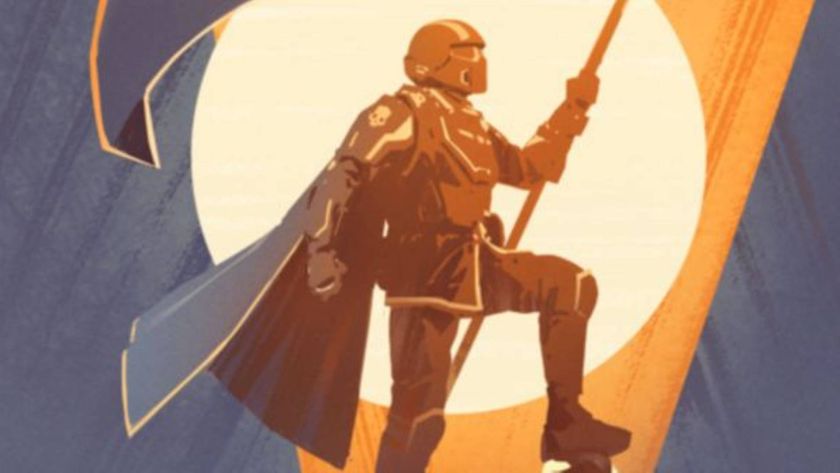
Helldivers 2 CEO says industry layoffs have seen "very little accountability" from executives who "let go of one third of the company because you made stupid decisions"











